Psychology and photography may seem to have nothing in common. However, they’re more similar than you might think. Today’s article will explore the depths of the image, perception, and perspective so you can better understand the association.
What would today’s world be without photography? This technology is here to stay. Though, are you aware it’s always been around? They weren’t as sophisticated as the current ones but humans have been able to capture images for centuries.
“You don’t make a photograph just with a camera. You bring to the act of photography all the pictures you have seen, the books you have read, the music you have heard, the people you have loved.”
-Ansel Adams-
The language of psychology and photography
Let’s start by introducing each of these disciplines and then move on to the bridge that connects them. Psychology is dedicated to the study of behavior, cognition, and affectivity, while photography is a technique that allows obtaining still images of reality through the action of light on a sensitive surface or sensor. It’s a representation and description of great magnitude.
As you can see, both are disciplines exercised and studied by human beings. For one, the psychologist contacts other people to intervene or investigate different processes. In turn, the photographer captures images. The photographer doesn’t always capture images of others but doesn’t stop being in contact with their inner self. The same thing happens to the psychologist, although on other levels.
There’s a transmission in both psychology and photography:
- Both generate, transport, and inspire emotions; the psychologist through words and the photographer through images.
- Mental representations are present either as symbols or images that arise from the work of each profession.
- The cognitive world is present in both professions and thought arises from different processes.
There are different types of communication. Keep in mind that there’s a non-verbal language each professional can have and speak with their own body. Also, the photographer speaks. Not only through the images they capture, but also through their body and speech while they do.
Photography in therapy
There’s a revelation of unconscious things in both, psychotherapy and photography. These contents are unacceptable and distressing to most people and, thus, difficult to access.
The unconscious manifests through words and creativity. In psychology, one of the results of the intervention is the discovery by the patient of what’s happening to them. Furthermore, this protected world is accessed through representations in photography.
Psychology and photography build identity
Different things pertaining to identity can be constructed or reconstructed through the intervention of psychology and photography. Here are some of them:
- Self-concept. This is the definition you have of yourself. Psychotherapy works on it to help a person build a healthy perspective of themselves. One that helps them grow and is comfortable.
- Self-esteem. This is how you feel about your self-image. It’s the emotional part of the vision of the self and has a lot to do with how you project yourself in time (past, present, and future).
- Self-efficiency. Closely associated with confidence, it conditions the attitude with which you face a challenge, to a great extent.
Thus, both psychology and photography can be part of the construction of identity and condition your feelings towards the perception of it. Thus, there are different processes in each area in which the professional shapes themselves through constant self-communication and that with others.
In his article “Psicología e imágenes: el proceso de narración digital en la investigación sobre la identidad en la infancia en riesgo de exclusión (In English: Psychology and images: the digital narration process in the investigation of identity in childhood at risk of exclusion)”, Adolfo Pizzinato discusses the use of digital narrative productions as analytical material for psychological research on identity.
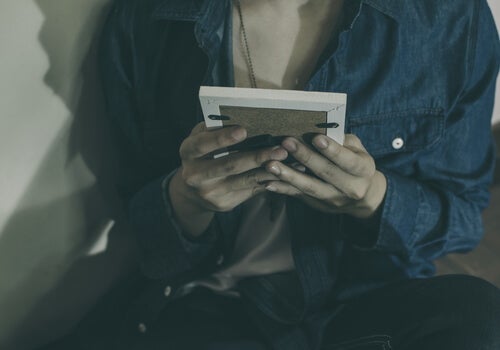
Photography as a therapeutic element
Unconscious things manifest through photography that people wouldn’t be able to transmit otherwise, perhaps due to the discomfort these would generate. Thus, it could be a key tool for the psychotherapeutic process. That is to say, photography can be a good way to explore the unconscious.
Photographs in psychological therapy could help establish deep relationships and tell stories from another perspective. So, why not communicate through photos? In fact, most of the traffic on social networks is based on visual elements nowadays. People post and delete pictures depending on whether these will help them to build follower loyalty or increase sales. That isn’t new, as advertising has been using images for years to try to awaken or intensify a person’s desire for something.
Photographing is about telling stories in which your psyche is involved by the sensations, emotions, and thoughts experienced before and after the process. To live a psychotherapeutic process is to also represent what happens to you through images. It’s about finding new meaning in painful and suffocating experiences.
The post The Relationship Between Psychology and Photography appeared first on Exploring your mind.


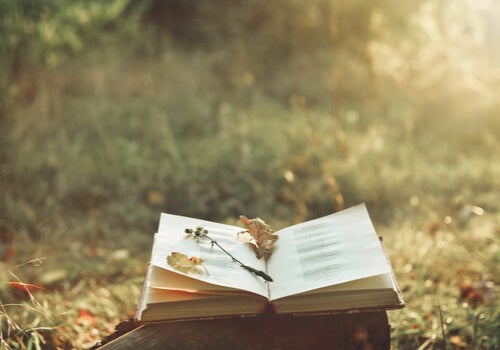


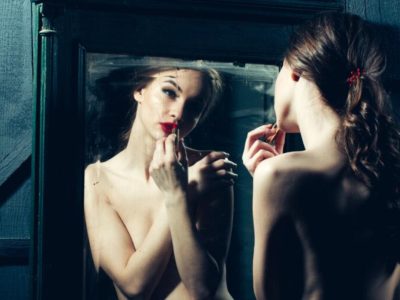

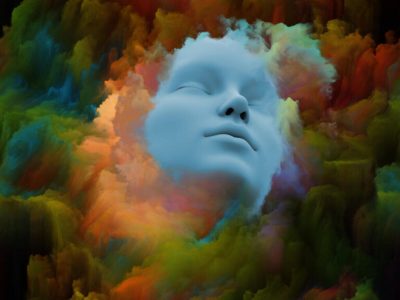



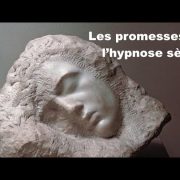







Comments